
Elissa Maudlin is a sophomore journalism news major and writes “Abstraction” for The Daily News. Her views do not necessarily reflect those of the newspaper.
A click of the remote brought the booming voices of reporters from the television right to my living room. Slowly, members of my family made their way to the television too — a flash of stone cold reality we were usually able to escape from in our isolated Indiana home. Wide-eyed and almost mesmerized by what was happening, we stood in awe as Americans congregated and broke into the United States Capitol building with weapons, waved flags, intimidated police officers, sat in representatives’ seats and treated the sacred building as if it were their territory to destroy.
The most vocal thought I had that day is the one I still have as I write this: How was this able to happen?
When I opened Twitter that day, tweets slowly trickled in about the attack — some with updates on what was happening, others with outrage at the disgraceful display. The tweets that truly gained my attention, however, were the ones comparing the attack on the U.S. Capitol to the protests from the Black Lives Matter movement from the summer of 2020.
They stated that if the violent protesters at the Capitol were Black, the response from officials would have been different. They implied that, had the protesters been Black, officials would have had no issue using violence against them, as opposed to their white counterparts, who some feel only got a slap on the wrist.
Cori Bush, a congresswoman from Missouri who was in the Capitol the day of the attack, noted how strange and different the police response to the attack was compared to their previous responses to Black Lives Matter protests through an interview with MSNBC, stating, “It’s almost like there was this call not to use force.”
As a person, my initial response was to believe racism was at the heart of the Capitol attack — that these insurrectionists were treated more fairly because they were white.
As a journalist, however, I wanted the facts that would prove it. I didn’t just want to tell people it was racism — I wanted to show them.
From the very beginning, the U.S. Capitol attack seemed strange. The mayor of Washington, D.C., Muriel Bowser, did not request help from other law enforcement officials through her personal Twitter Jan. 5— the day before the attack. The Department of Defense said in its personal statement that it adhered by the mayor’s initial request.
The same statement by the Department of Defense stated Bowser and others in Washington, D.C. knew about the “First Amendment demonstration,” and it seems like they did not see enough of a threat with this situation and acted accordingly. However, at the end of the day, the 340 National Guardsmen protecting the Capitol, the major physical representation of our democratic beliefs, wasn’t enough.
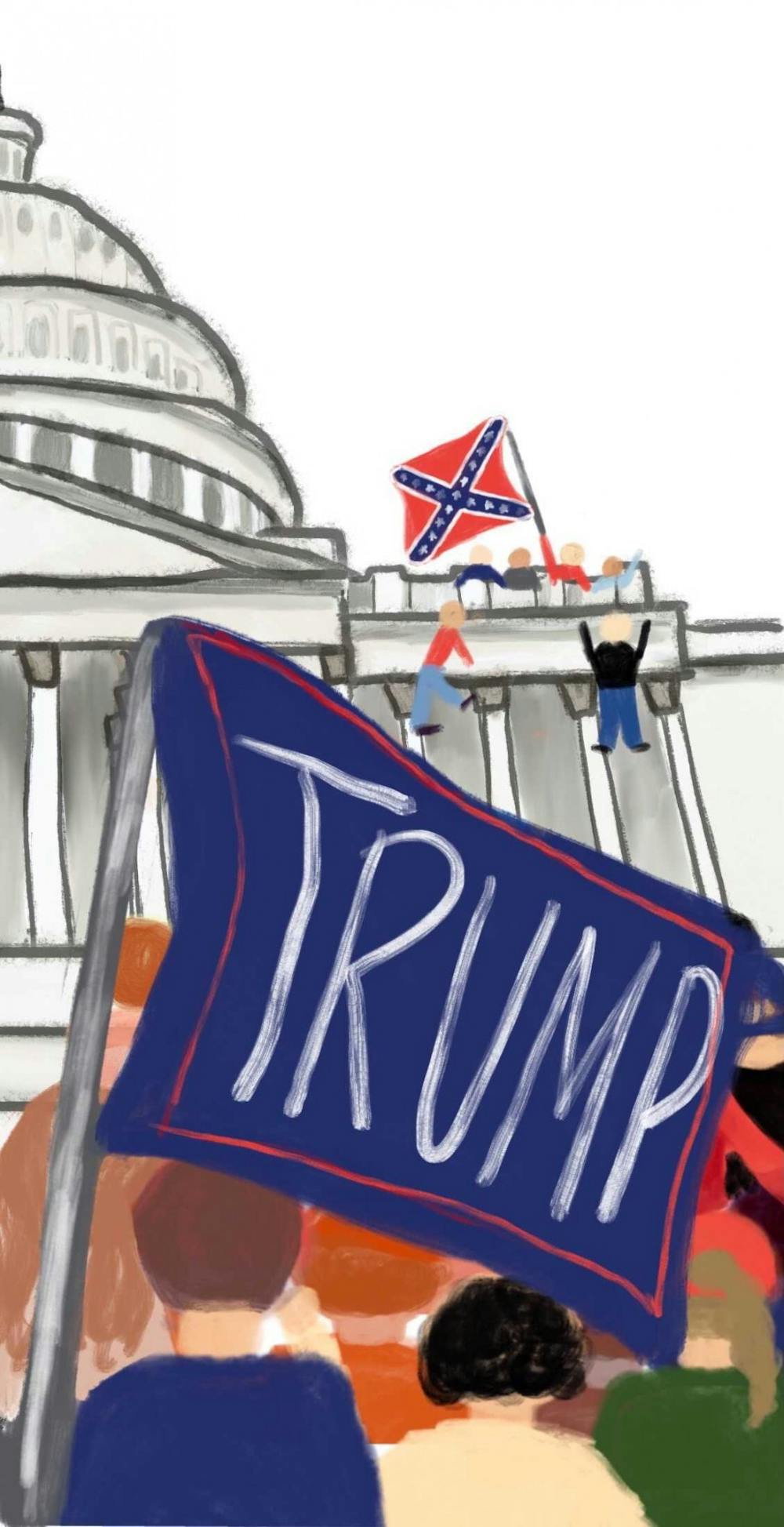
Didn’t the people in charge see an attack of this magnitude coming? If people all over the country feared retaliation against the election from their own Twitter feeds, how did the people in charge of protecting the U.S. Capitol not?
When it came to Black Lives Matter protests, police officials were prepared for action. For example, National Guard members at the Lincoln Memorial June 2, 2020, were waiting on the steps of the memorial to prevent protesters from entering, an action that occurred too late in the U.S. Capitol attack.
Where was this early preparation for the certification of votes from a very controversial election that was housed in the building where our democratic powers are exercised?
When it comes to violence, we have seen some Black Lives Matter protesters act violently, such as with looting. However, we have also seen violence when it comes to alt-right protests, which mix conservative ideals with white supremacy. In one of these protests, called Unite the Right, several fights broke out, and one protester even drove their car through the crowd. It is not a far-reaching concept to assume some of the strongly leaning Republican voters who go to these protests were also at the Capitol riot sharing the same extremist views with more moderate members of the party.
If there has been violence in the past with both groups, why did law enforcement seem more equipped to handle the unarmed Black Lives Matter protest at the Lincoln Memorial than the armed U.S. Capitol attack? Why were Black Lives Matter protesters looked at as more threatening than the Capitol insurrectionists?
In some instances with Black Lives Matter protests, police officers were told not only to wait on the sidelines to defend, but to end functions altogether. Twitter has hosted multiple videos of these instances happening, some of which have been picked up by news sources. One in particular that was picked up by the U.S. edition of The Guardian involved police officers directly entering and stopping a violin vigil for an unarmed Black man named Elijah McClain, who died at the hands of police officers in August 2019.
A friend of mine from high school and Ball State student Ella McCool witnessed an instigation of violence from police officers at a Black Lives Matter protest in Indianapolis, where she remembers police interrupting a peaceful protest with rubber bullets and tear gas. She said she and the other protesters were simply holding hands and standing in the street.
A common comment made about police violence during these protests is the size of the protests intimidate the officers and leave them unable to retain control of the crowds. Although this may be true, the size of the U.S. Capitol attack was also large and seemingly uncontrollable with thousands of people, some retaliating against police officers with force, according to the U.S. Capitol Police’s statement.
If the size of the protests isn’t the true changing factor, what is? What theory can justify the violence that some protesters at Black Lives Matter protests endure that wasn’t present with the U.S. Capitol attack?
How can we blame these Black Lives Matter protesters for seeing this double standard and immediately feeling like race has something to do with it?
During the Capitol attack, one woman died by a police officer’s use of a weapon. Within one day, that police officer was put on administrative leave, and he has since stepped down from his position. However, with Black Lives Matter protests, higher ups don’t always protect protesters like this. For example, the courts in Detroit granted a lawsuit from protesters against police officers who acted brutally during a Black Lives Matter protest, but the city issued a counter lawsuit against the protesters.
The most damning evidence we have, as the public, is the pictures spread across social media by photojournalists and everyday citizens alike. Many people who use social media in the United States saw the violence committed against Black Lives Matter protesters through photos on the internet. The day of the U.S. Capitol attack, these violent photos from Black Lives Matter protests were compared to the smiling faces of the insurrectionists chanting patriotic jargon as they walked into the Capitol.
At the end of the day, people have their own opinions on the discrepancies between the police reaction to the Capitol attack and Black Lives Matter protests. We all get to wonder why these violent insurrectionists were able to get away with what they did. Some think it is because they were white. Some think it is because some of the cops were in on the charade with President Trump and the other insurrectionists.
But to believe there is no double standard is to be blind.
This double standard was blasted across the internet for the entire world to see. The news sources we trust to tell us when a group of geniuses learn the cure to a deadly disease or when a monumental event changes how we live our lives are the same news sources depicting this double standard.
It’s hard to believe racism is not a part of U.S. society anymore when a huge number of white people parading into the Capitol building toting weapons on their backs is displayed to Black Lives Matter protesters who wouldn’t even be able to make it to the steps of the building.
There is a double standard.
If it’s not about race, then what is it about?
Contact Elissa Maudlin with comments at ejmaudlin@bsu.edu or on Twitter @ejmaudlin.

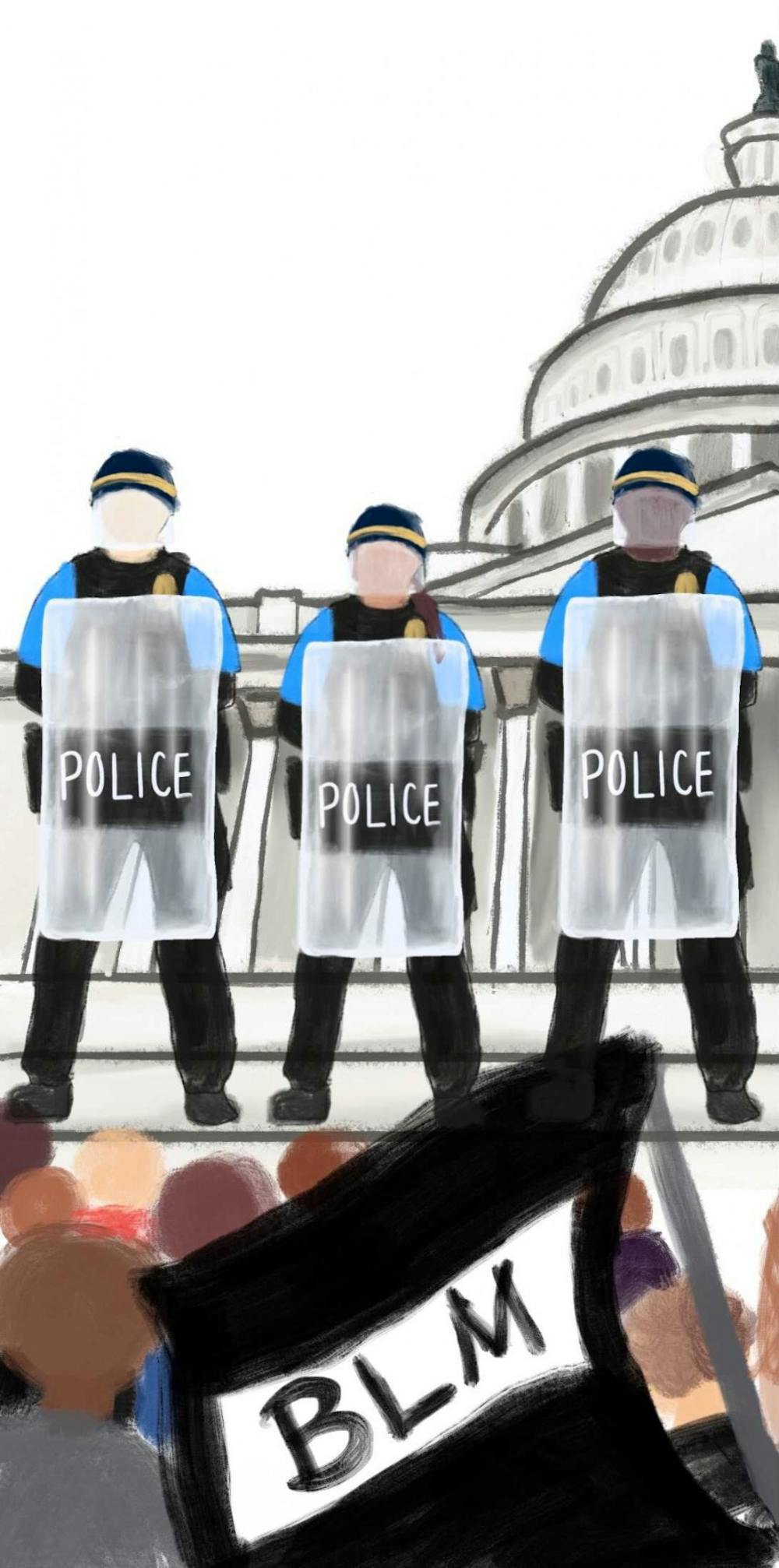
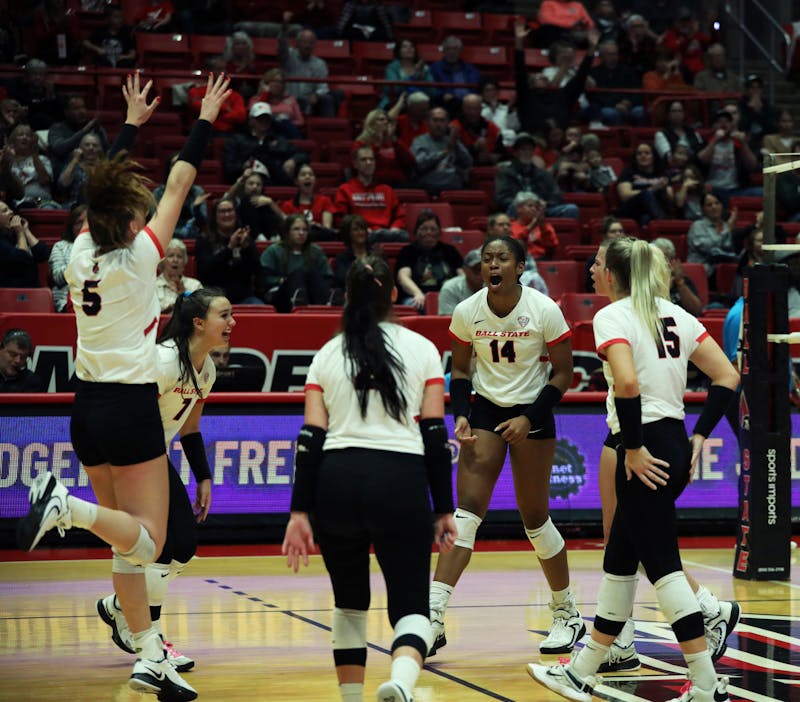
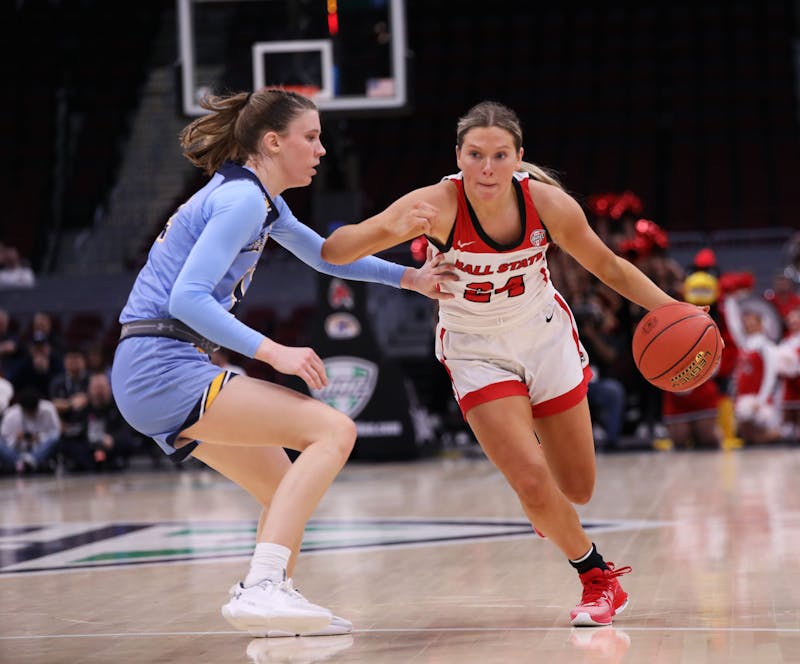
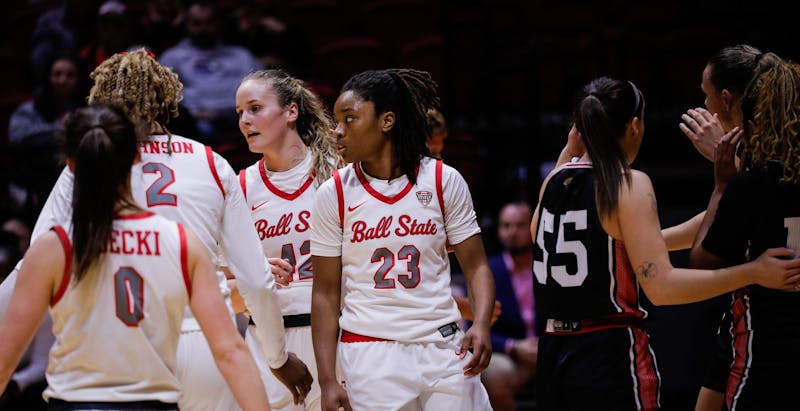
The Daily News welcomes thoughtful discussion on all of our stories, but please keep comments civil and on-topic. Read our full guidelines here.